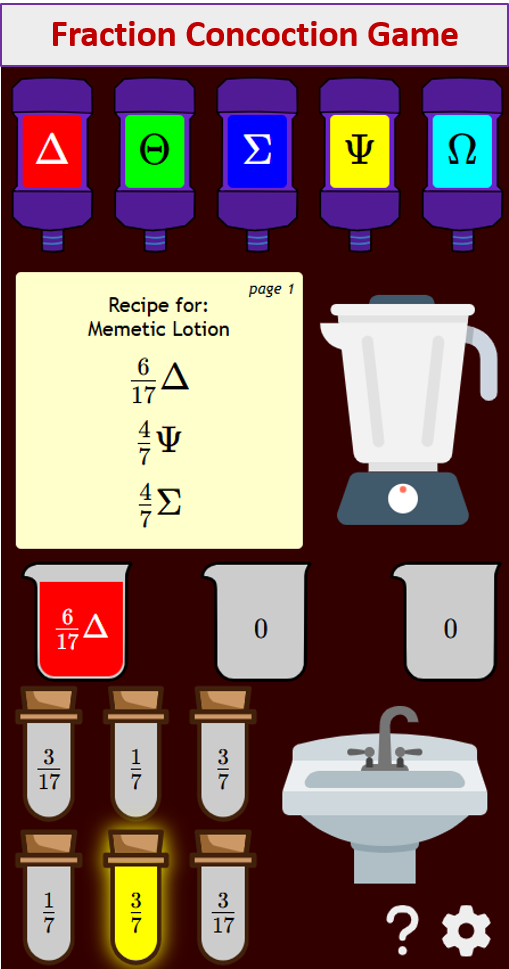IGCSE 2021 0580/41 May/June
Cambridge CIE IGCSE Past Papers and solutions.
Questions and Worked Solutions for IGCSE 2021 0580/41 May/June.
Related Pages
More IGCSE Past Papers
Share this page to Google Classroom
IGCSE 2021 0580/41 May/June (pdf)
- (a) The total cost of a taxi journey is calculated as
• $0.50 per kilometre
plus • $0.40 per minute.
(i) Calculate the total cost of a journey of 32km that takes 30 minutes.
(ii) The total cost of a journey of 100km is $98.
Show that the time taken is 2 hours.
(b) Three taxi drivers travel a total of 8190km in the ratio 5 : 2 : 7.
Calculate the distance each driver travels
(c) After midnight, the cost of any taxi journey increases by 45%.
One journey costs $84.10 after midnight.
Calculate the cost of the same journey before midnight - The diagram shows the speed−time graph for the first 180 seconds of a train journey.
(a) Find the acceleration, in m/2, of the train during the first 50 seconds.
(b) After 180 seconds, the train decelerates at a constant rate of 1944km/h2.
Show that the train decelerates for 60 seconds until it stops.
(c) Complete the speed−time graph.
(d) Calculate the average speed of the train for the whole journey - (a) The diagram shows a solid cone and a solid hemisphere.
The cone has radius 2.4cm and slant height 6.3 cm.
The hemisphere has radius Rcm.
The total surface area of the cone is equal to the total surface area of the hemisphere.
Calculate the value of R
(b) The diagram shows a solid cone with radius 7.6 cm and height 16cm.
A cut is made parallel to the base of the cone and the top section is removed.
The remaining solid has height 12cm, as shown in the diagram.
Calculate the volume of the remaining solid.
- (a) The exchange rate is 1 euro = $1.142 .
(i) Johann changes $500 into euros.
Calculate the number of euros Johann receives.
Give your answer correct to the nearest euro.
(ii) Johann buys a computer for $329.
The same computer costs 275 euros.
Calculate the difference in cost in dollars.
(b) Lucy spends 3/8 of the money she has saved this month on a book that costs $5.25 .
Calculate how much money Lucy has saved this month
(c) Kamal invests $6130 at a rate of r% per year compound interest.
The value of his investment at the end of 5 years is $6669.
Calculate the value of r. - The diagram shows triangle ABC.
X is a point on BC.
AX = 10.6 cm, XC = 6.4cm, angle ABC = 58° and angle AXB = 78°.
(a) Calculate AC.
(b) Calculate BX.
(c) Calculate the area of triangle ABC. - (a) In the Venn diagram, shade the region P' ∪ Q.
(b) There are 50 students in a group.
34 have a mobile phone (M).
39 have a computer (C).
5 have no mobile phone and no computer.
Complete the Venn diagram to show this information.
(c) The Venn diagram shows the number of students in a group of 30 who have brothers (B ), sisters (S) or cousins (C).
(i) Write down the number of students who have brothers.
(ii) Write down the number of students who have cousins but do not have sisters.
(iii) Find n(B ∪ S ∪ C)'.
(iv) Use set notation to describe the set of students who have both cousins and sisters but do not have brothers.
(v) One student is picked at random from the 30 students.
Find the probability that this student has cousins.
(vi) Two students are picked at random from the students who have cousins.
Calculate the probability that both these students have brothers.
(vii) One student is picked at random from the 30 students.
Event A This student has sisters.
Event B This student has cousins but does not have brothers.
Explain why event A and event B are equally likely - (a) Simplify.
(b) Write as a single fraction in its simplest form.
(c) A curve has equation - (a) The table shows information about the mass, in kilograms, of each of 50 children
(i) Complete the cumulative frequency table.
(ii) On the grid, draw a cumulative frequency diagram to show this information.
(iii) Use your diagram to find an estimate of the number of children with a mass of 32kg or less.
(b) This cumulative frequency diagram shows information about the height, in metres, of each of 100 students. - The diagram shows a prism, ABCDEF.
AB = 13 cm, AC = 20cm, CF = 24cm and angle ABC = 90°.
(a) Calculate the total surface area of the prism.
(b) Calculate the volume of the prism
(c) Calculate the angle that AF makes with the base BCFE. - The table shows some values of
(a) Complete the table.
(b) On the grid, draw the graph of - (a) Find the size of an exterior angle of a regular polygon with 18 sides
(b) In triangle ACD, B lies on AC and E lies on AD such that BE is parallel to CD.
AE = 5.2cm and ED = 2.6cm.
Calculate BE.
(c) Two solids are mathematically similar.
The smaller solid has height 2cm and volume 32cm3.
The larger solid has volume 780cm3.
Calculate the height of the larger solid.
(d) PQ is parallel to RS, PNS is a straight line and N is the midpoint of RQ.
Explain, giving reasons, why triangle PQN is congruent to triangle SRN. - f(x) = 3 - 2x
Try out our new and fun Fraction Concoction Game.
Add and subtract fractions to make exciting fraction concoctions following a recipe. There are four levels of difficulty: Easy, medium, hard and insane. Practice the basics of fraction addition and subtraction or challenge yourself with the insane level.

We welcome your feedback, comments and questions about this site or page. Please submit your feedback or enquiries via our Feedback page.